Starbucks’ NFTs aren’t even called NFTs: the company is calling them “stamps,” and they mostly aren’t held on the blockchain.
During the crypto bull market of 2021, countless major brands flooded into the space with their own NFTs (non-fungible tokens), hoping to profit from a very lucrative craze. Two years later, as crypto doldrums have set in, many of those projects have shrunk or been abandoned. NFT sales dropped 83% year-over-year in 2022, according to Non-Fungible data.
But in December, one of the biggest brands stepped into the NFT world: Starbucks. The company’s project, called Starbucks Odyssey, serves as an extension of its rewards program, in which users can earn perks for buying coffee and completing online games and quizzes.
Starbucks called it a “revolutionary Web3 experience,” and hailed the project as “a new, next-generation loyalty program model.”
Since the project launched in beta—a testing phase with select customers—in December, it has already raked in a surprising amount of money. More than $200,000 in sales have been completed, with NFTs that cost customers little more than a few cups of coffee being sold on the secondary market for as much as $1,900.
Crypto enthusiasts are rallying behind the program on social media, arguing that it serves as the perfect bridge for crypto to enter the mainstream. Bank of America analysts praised the program as being “more holistic than the industry’s prior NFT forays.”
On Thursday, a newly released batch of 2,000 Starbucks NFTs sold out within minutes for $100 apiece, with the website momentarily crashing amid the frenzy of activity. Buyers excitedly showed off their purchases on social media soon after.
But the hype may be overblown. So far, this frenzy of activity still has little to no bearing on whether most regular coffee drinkers will integrate Starbucks NFTs into their daily habits.
While Starbucks has promised future rewards and perks to entice a wider audience, for now, the program appears to be triggering Starbucks adoption amongst the crypto community as opposed to the other way around.
‘Chasing Pokémon’
Starbucks’ NFTs aren’t even called NFTs: the company is calling them “stamps,” and they mostly aren’t held on the blockchain.
Stamps are collected when customers perform a certain array of tasks, including passing a quiz containing coffee and Starbucks trivia or ordering two drinks with non-dairy milk. The stamps are then stored in users’ Starbucks Rewards accounts.
The company recently opened up the option to buy some stamps directly as opposed to having to earn them.
For now, the program’s adoption is being driven by people who love Starbucks and crypto. Chris Fierro, who lives in Rhode Island, is an avid NFT collector, an ex-barista, and a self-professed coffee fanatic.
He says that when he heard about the Starbucks Odyssey, it sounded like a “home run,” he says. Fierro says the experience has been seamless with his previous Starbucks routine: when he goes to a store and completes a task, like buying a bag of coffee beans, the credit is automatically loaded into the program.
Fierro has earned all four “stamps,” and largely enjoys completing the online activities needed to win them. “I think it’s kind of the next generation of gaming where it’s like, ‘Oh, I might get something free out of this.
I have two minutes to take this quiz, or see where my coffee was grown.’ I don’t think there’s anything in there that’s onerous or feels like homework,” he says.
But Fierro’s activity, which consists of minor purchases and demonstrating brand loyalty, doesn’t explain why Starbucks NFTs are being sold for hundreds of dollars on the secondary market.
This trading activity, instead, is happening because NFT enthusiasts (read: gamblers) have found the project, and are betting that these NFTs will increase in value.
The value of most NFTs comes from their scarcity and utility, and Starbucks is tapping into both traits to drive up values. Starbucks only issued 5,000 editions of their first NFT, a Holiday Cheer stamp.
The perks of owning such a stamp have yet to be announced, but the company has hinted that NFTs will give holders exclusive benefits, from martini-making classes to trips to Costa Rica coffee farms.
NFT traders, then, are essentially betting that the going rate of this NFT, which has skyrocketed to more than $1,000, will be less than whatever yet-to-be-announced rewards Starbucks doles out.
“People are speculating whether the value will go up, or they want to have the complete set, which is a big thing of crypto. We’re still all chasing Pokémon,” Fierro says.
Slow Adoption
Starbucks is making a tidy sum from these transactions. But the activity isn’t an indicator of whether regular Starbucks customers—many of whom barely understand the concept of NFTs—will jump through the hoops required to join the program and earn rewards.
Starbucks has tried to make it as easy as possible to sign up, creating a streamlined experience with the NFT marketplace Nifty Gateway that doesn’t require users to set up a crypto wallet or remember a seed phrase for security.
This system, however, makes the users’ stamps less secure, and prone to disappearing entirely in the event that the program is shut down, in the same way, that FTX’s NFTs disappeared after the company went bankrupt.
So far, it seems like mainstream adoption is going slowly. “It seemed more like a gimmick and I got bored within minutes of using it,” Reddit user Cobieheath, who posts often in the Starbucks subreddit about life as a barista, wrote in a message to The Professional Times in January.
“I don’t personally know anyone else that has used it. I haven’t even heard customers talk about it.”
When The Professional Times asked Starbucks baristas this week if they knew about the program, they responded with confusion.
And even winning over Starbucks Odyssey’s target audience has been slow progress in some instances. In January, Maika Isogawa, a Web3 founder who is also an avid Starbucks fan, described the app to TIME as “poorly done,” especially disliking a “Flappy Bird-esque game that looked like something I built freshman year of college.”
But in March, Isogawa said that she has since warmed up to the program. “I think Starbucks is one of the few companies that is 1. attempting any sort of web3 loyalty program and 2. doing a decent job at it,” she wrote in an email.
A representative for Starbucks declined to comment.

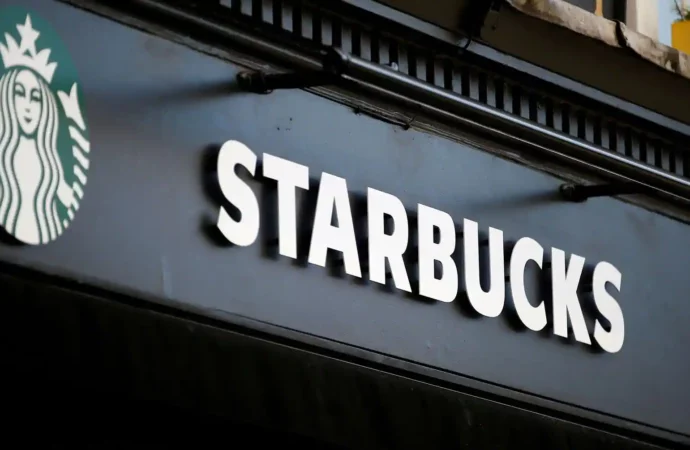
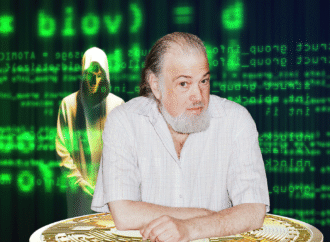

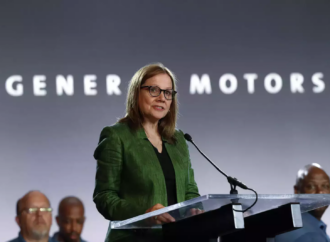
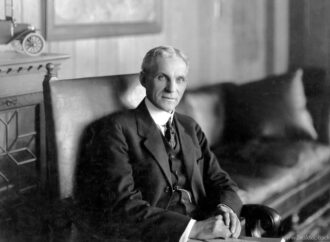
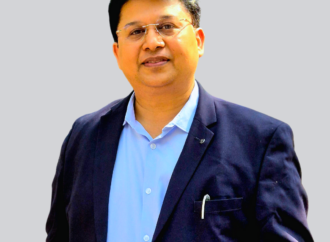

















Leave a Comment
Your email address will not be published. Required fields are marked with *